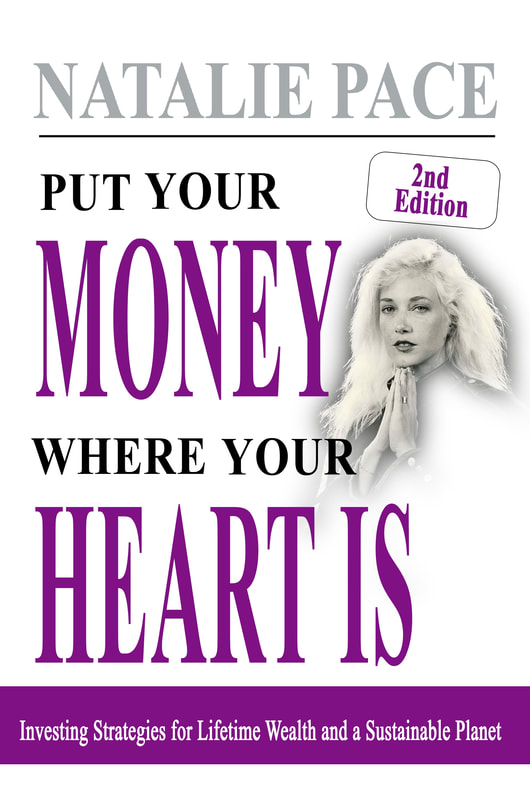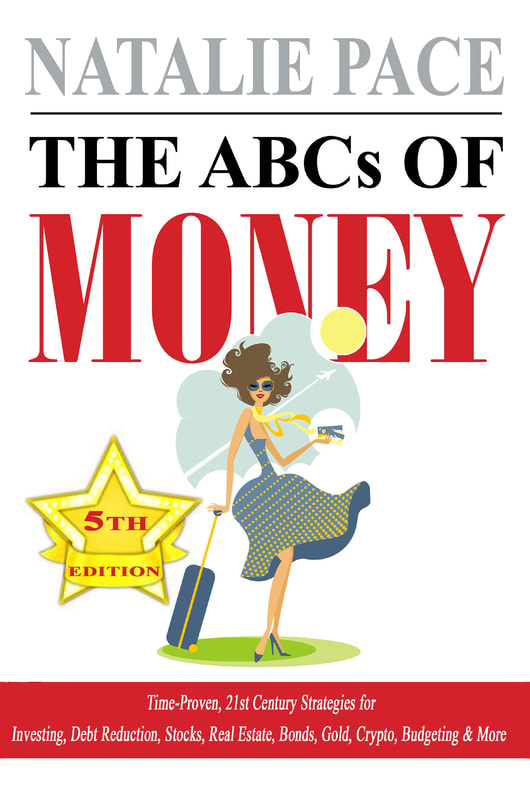|
Spring Rally Many economics support a Spring Rally. Real GDP growth is predicted to be 2.5% this year, after 2.3% growth in 2017. That is nothing to write home about. However, it’s still growth. March and April tend to be strong months on Wall Street. The debt ceiling has been raised until March 1, 2019. There’s a budget in place. And there aren’t many terrible events that are expected before May, with the exception of the March 20-21, 2018 and May 1-2, 2018 Federal Open Market Committee meetings. However, news, like:
are causing volatility in the Dow Jones Industrial Average. On Feb. 5, 2018, the Dow Jones Industrial Average experienced the single biggest point drop in its history – of 1,175. The Federal Reserve Board is predicted to raise interest rates next Wednesday, at their March 20-21, 2018 meeting. Each time interest rates hikes are mentioned of late, Wall Street freaks out and the Dow drops dramatically. So, expect volatility next week. This morning started off with a rally, but quickly descended into a sell-off of 171 points (less than 1%) after news of the Rex Tillerson firing made headlines. These events are becoming quite predictable: a drop of 500 points or more for an interest rate hike, with White House officials being worth about 180 in losses for a resignation or firing. There are far too many vacancies in key positions… The U.S. is supposed to have 7 Federal Reserve Board members. We have 3. Other Missing in Action appointees include: No chief economic advisor (Gary Cohn resigned), no Secretary of State (Rex Tillerson was fired), a stripped down Environmental Protection Agency and Department of Energy, no Ambassador to South Korea and more… In between the political chaos, the Spring Rally tries to bloom, only to slump with more mudslinging. The Dow Jones Industrial Average is currently 1600 below the high of 26,617 that was set on January 26th of this year. The Feds are Raising Interest Rates. Why and What That Means. Here's a link to the testimony of Federal Reserve Board chairman Jerome Powell on February 26, 2018, where he testified to Congress that the Feds intend to keep raising interest rates. “These interest rate and balance sheet actions reflect the Committee's view that gradually reducing monetary policy accommodation will sustain a strong labor market while fostering a return of inflation to 2 percent,” according to Powell. Why are the Feds really raising rates and selling off treasury bills and mortgage-backed securities? To stop the Bubble Economy and to allow for more fix-it tools to use in the event of another recession. (See the blog links below for additional information.) Low interest rates create bubbles. Now that former Federal Reserve Board chairman Alan Greenspan has said very clearly that stocks and bonds are in a bubble, the Reserve Board knows that they can’t fly under the radar with this bubblicious bandaid fix of the economy. How high will interest rates go? To 3.1% by 2020 (i.e. double where they are now) and 2.7% by 2019, according to the economic projections of the Dec. 13, 2017 Federal Open Market Committee meeting (FOMC). Mortgage interest rates are predicted to be hit the hardest. So if you haven’t refinanced into a fixed rate, now’s the time to do it.
The Bottom Line Alan Greenspan said bluntly on January 31, 2018, “We have a stock market bubble, and we have a bond market bubble.” Warren Buffett has $100 billion on the sidelines because “Stocks have gotten less attractive,” and “You are paying 45 times earnings when you buy a bond.” Nobel Prize winning economist and Yale professor of economics Robert Shiller says, “The only time in history going back to 1881 when [stock prices] have been higher are, A: 1929 and B: 2000. We are at a high level, and its concerning. People should be cautious now.” 1929 was before the Great Depression. 2000 was the Dot Com Recession, when the NASDAQ Composite Index lost 78% of its value. It took 15 years for the NASDAQ to crawl back to even. Taking profits early and often in your trading portfolio is a good idea if you’re nervous about the news. Rebalancing between now and the end of April in your nest egg could be a good time for your annual rebalancing plan. If you’d like an unbiased, second opinion on your current budgeting and investing strategy, call 310-430-2397. If you want to save thousands annually in your budget and hundreds of thousands (or more) in your nest egg by adopting the strategies of the rich, then attend my 2018 Wild West or Manhattan Financial Empowerment Retreats. If you wait for the headlines that the economy is in trouble or stocks are dropping, you’ll be too late to protect yourself. By the time the President, Secretary of the Treasury and Federal Reserve Board chairman admitted that the economy was embroiled in the Great Recession – in October of 2008 – the Dow Jones Industrial Average had already dropped over 6000 points. Most people had already lost 45% or more of their retirement. Getting safe and protected is easy as a pie chart, and earned gains in the last two recessions, while outperforming the bull markets in between. Other Blogs of Interest Take the 2018 Investor IQ Test! 4 Things the 1,175 Dow Drop Taught Us Can the American Consumer Carry This Economy? Warren Buffett has $100 Billion on the Sidelines. GE Investors Lose Half. 29/3/2018 10:46:24 am
The Next 2 Potential Pitfalls Upcoming... 29/3/2018 12:14:25 pm
Q1 2018 GDP is often the lowest of the year, with 2017 = 1.2% and 2016 = 0.9%. 26/3/2020 02:38:21 am
Really enjoyable post it was! Spring is my favorite season too and always enjoyed the different colors around me. God has made this world so beautiful and flowers is one of the beauty that attracts everyone. We have thousands of different flowers around us. We should say thanks to our God for this. Comments are closed.
|
AuthorNatalie Pace is the co-creator of the Earth Gratitude Project and the author of The Power of 8 Billion: It's Up to Us, The ABCs of Money, The ABCs of Money for College, The Gratitude Game and Put Your Money Where Your Heart Is. She is a repeat guest & speaker on national news shows and stages. She has been ranked the No. 1 stock picker, above over 830 A-list pundits, by an independent tracking agency, and has been saving homes and nest eggs since 1999. Archives
July 2024
Categories |










 RSS Feed
RSS Feed